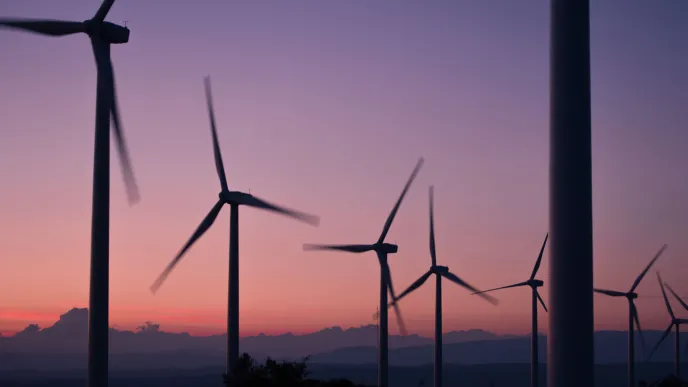Reducing driving and air travel and lowering indoor temperatures are familiar ways of reducing greenhouse gas emissions. But how many of us ever think that our use of livestreaming services or e-mail increase our environmental impact?
Information and communications technology (ICT) consumes an estimated one tenth of the world's electricity and its carbon footprint is greater than that of aviation. Energy consumption is expected to increase further, especially as consumption of video content increases. Also contributing to the environmental load of the ICT sector are the use of rare earth metals in the manufacture of the devices as well as the growth in electronics waste.
‘In road traffic, for example, energy consumption can be seen in the wallet, at least. In the ICT field, consumption of resources is often hidden from the consumer', says Professor Jukka Manner at Aalto University.
However, ICT can also help in curbing climate change, with remote meetings reducing travel, and smart systems making industrial processes more efficient.
‘Digital services and devices have become a part of all of our everyday activities, so making them more environmentally friendly is an important step in the direction of a more sustainable society', Manner says.
Using ICT to promote carbon neutrality
Aalto University and LUT University are launching a cooperative project seeking ways to reduce negative environmental impact of the ICT field in areas of infrastructure, digital services, and their consumption.
Topics of research include utilising surplus heat from data centres in community heating, designing online services that save resources, and promoting consumer awareness of the environmental impact of ICT.
‘Companies that design digital services also need to come on board to allow consumers to choose more environmentally friendly digital services', says Professor Jari Porras of LUT University.
A considerable share of the environmental burden from the consumption of digital services by Finns and the manufacture of the devices occurs outside of Finland. According to researchers, Finland can nevertheless take on the role of a pioneer by serving as an example and promoting change through the EU, but this requires researched information.
‘Finland already has some of the first good examples of how waste heat from data centres can be utilised. It is important to maintain awareness of the matter and to bring forward information on the best concepts, because the field is experiencing rapid growth', says Professor Sanna Syri of Aalto University.
The Academy of Finland granted € 1.44 million in funding for the ICT for Climate Actions (ICA) project aimed at controlling and adapting to climate change in a round of applications for special funding for system-level research.
More information:
Professor Jari Porras, LUT University,
0400 555427, jari.porras@lut.fi
Professor Jukka Manner, Aalto University
Jukka.manner@aalto.fi
Professor Sanna Syri, Aalto University
sanna.syri@aalto.fi




